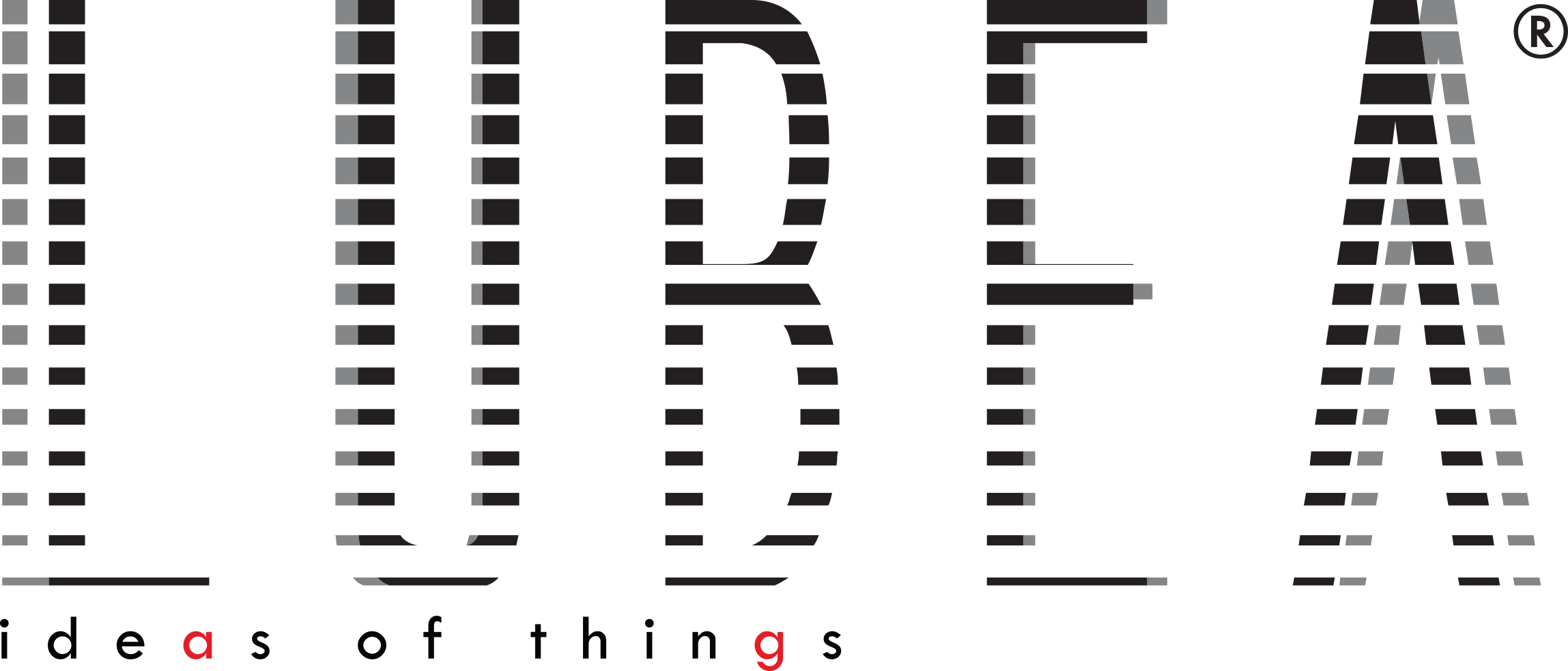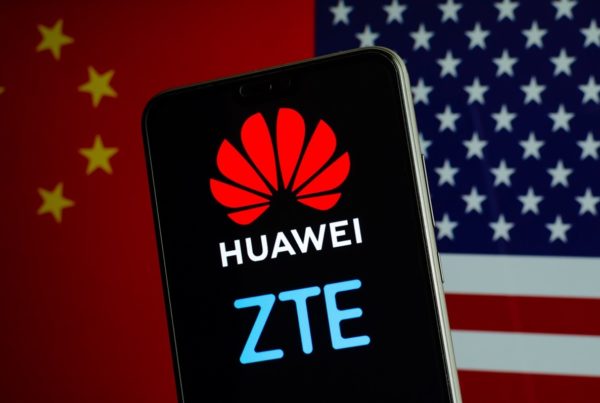This is a prosperous year for ZTE both in terms of business growth and development. Last year, the Chinese company kept managing its market investing in more promising TLC sectors, like AI and Storage. As it happened for Huawei, ZTE has promptly faced the impact of sanctions which have limited its access to certain market segments and, at the same time, it has managed to keep a stable market share as a global vendor of telecom equipment and technologies. Despite facing challenging times in the coming months, partly due to the geopolitical landscape, ZTE will continue to lead the global TLC sector. TLC Chinese giant closed 2023 fiscal year with a revenue of 124.25 billion renminbi (lmost 15.18 million euros) doubling its economic growth. Company’s gross profits was 41.5%, while net profit reached 9.33 billion renminbi (approximately 1.19 billion euros), an increase of 15.4% compared to the previous year. The net profit was 7.40 billion RMB (approximately 940 million euros), 20% more than 2022.
The strength of the Chinese company’s business was also reflected in a significant increase in net cash flows from operating activities, which reached 17.41 billion renminbi (approximately 2.22 billion euros), an increase of 129.7%. Considering this performance, the company will distribute cash dividends equal to 35% of net profit. As stated by the group: “In 2023, as a result of a challenging external scenario, ZTE demonstrated precision and pragmatism, maintaining consistent operations…Paying more attention to investing in the research and development fields, the company has strengthened its core values and competences, increasing productivity and competitiveness through a technological innovation. Through an investment of 25.29 billion renminbi (approximately 3.22 billion euros) in R&S in 2023 equal to 20.4% of operating revenues, ZTE promoted its business initiatives, paving the way for sustainable growth. Moreover, the company doubled its efforts to strengthen its expertise in terms of risks prevention, focusing on digital transformation to improve its operating systems and resilience… Taking advantage of opportunities provided from digitalization process, intelligent computing, and green initiatives with low carbon emissions, ZTE has launched an innovative and forward-thinking approach in terms of products and services, fostering its business initiatives and its working stability.”
Regarding operating revenues, the company recorded 86.48 billion renminbi (approximately 11 billion euros) in the domestic market, accounting for 69.6% of total operating revenues, while operating revenues from the international market reached 37.77 billion renminbi (approximately 4.81 billion euros), covering 30.4% of total operating revenues.
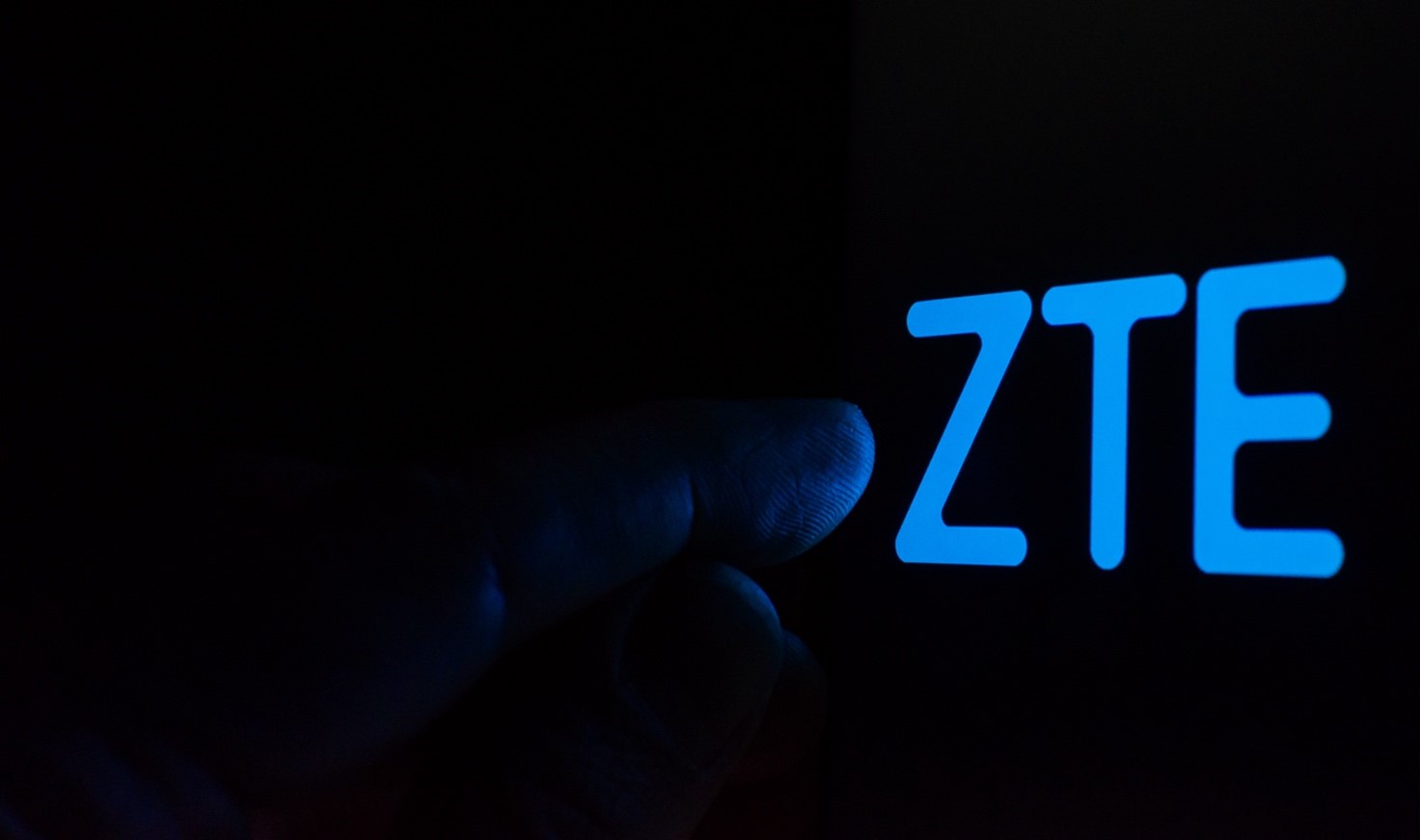 Core networks products keep growing in the global market
Core networks products keep growing in the global market
Last year, ZTE’s strategic sectors – operator networks, governmental, and business services – experienced significant growth in revenues. The operator networks sector generated 82.26 billion renminbi (approximately 10.53 billion euros), the governmental sector 13.58 billion renminbi (approximately 1.73 billion euros), and the business services sector 27.91 billion renminbi (approximately 3.55 billion euros), accounting for 66.6%, 10.9%, and 22.5% of the total revenues, respectively. The delivery of 5G base stations and 5G core networks have consistently ranked second for four consecutive years at global level. Its RAN and 5G core network products have been recognized as industry leaders, while its 10G PON optical access product held the second largest global market share. At the same time, ZTE is being developed its innovative tech solutions, like 5G-A, all-optical networks and new 5G applications. Furthermore, the company has conducted commercial deployments and validations in various scenarios, including experiences at 10Gbps, field industrial networks, communication-sensing-computing integration, and RedCap.
 ZTE commitment to Storage, terminal devices and AI tools
ZTE commitment to Storage, terminal devices and AI tools
Last year, ZTE kept investing in the storage and AI sectors leveraging its long-lasting experience in the development of TLC hardware and software systems; the company also intensified its investments in computing infrastructures, software platforms, large scale models and applications. Resorting to a global approach, the company launched several products, like servers and storage, switch per data center, data center and large-scale modules for Nebula series. Concerning terminal devices, ZTE has always been involved in the development of Full-scenario Intelligent Ecosystem 3.0 and in the introduction of forward-thinking products and services, like mobile terminals, smart home, cloud computers and automative electronics. The cutting-edge product line also includes innovations such as the 5G+AI glasses-free 3D tablet nubia Pad 3D II, the flagship 360° photography phone nubia Z60 Ultra, AI 5G Fwa products, Wi-Fi 7 series products, Fttr products, and 5G cloud laptops. Among these, ZTE has achieved global leadership in the 5G Fwa&Mbb market, boasting the highest market share worldwide.
 2024: global prospects and strategies
2024: global prospects and strategies
“2024 will be a pivotal year for the company which will be confronted with an unprecedented scenario:” this is how ZTE president, Li Zixue, described the upcoming challenges the Shenzhen group will face in the coming months. “Despite hard times we went though during our business growth, we will be stick to our original plan,” the president said, reiterating the company’s strong dedication and commitment to realizing its own strategy and promoting connectivity and computing merging while being focused on innovation an implementation. More specifically, the Group’s president said, “we will enhance innovations in 5G-Advanced, fully optical networks, computing infrastructure, large AI models, and new 5G applications. ZTE will also commit to significantly increasing revenue from the AIoE-based terminal business, and it will seize the strategic opportunities presented by digital, intelligent, and green transformation.” ZTE should ensure its presence in the existing TLC industry, leveraging its potential and trying to create new growth opportunities. To do so, it will have to undertake targeted measures, specifically in business planning, resource allocation, market identification, and investments in research and development,” concluded Li Zixue.
ZTE as global TLC vendor in 2023
In 2023, despite the period of global upheaval and challenges caused by U.S. sanctions, Chinese mobile operators reaffirmed their position as leaders in the production and selling of TLC devices. Last year, ZTE maintained its fourth position in the global ranking, dominated by the other Chinese group, Huawei. The latter strengthened its position as a global leader in 2023, expanding its market share to 30% in 2023, compared to 28% in 2022. Such a great performance which occurred in a moment where global revenues from TLC devices in the segment of Broadband access, Microwave, Optical transport, Mobile Core Network, Radio Access Network and SP Router & Switch registered 5% yearly decrease. Huawei performance stands out from the one of its main competitors: Nokia kept a stable market share equal to 15% while Ericsson registered a decrease of 13% followed by ZTE with 11% share and Cisco, which showed a modest increase from 5% to 6%. Suppliers’ rankings remained unchanged and despite their revenues slightly changed in 2023 their overall presence in the market rests the same: 7 main suppliers representing 80% of global TCL market.
Chines groups addressed U.S. sanctions
2023 was such a tough year for TLC industry which had to address lots of challenges capable of hindering the development of operators. The factors which played a major role in making the scenario harder to confront with were the legal interruptions in the aftermath of COVID-19 pandemic, supply chain crisis, slowdown in investments – due to macroeconomic conditions – and the increase in financing costs. In terms of geographical landscape, North America was badly affected by this scenario with 20% decrease in TCL devices revenues, mainly due to a minor activity in RAN and BroadBand access networks. However, excluding North America situation, global revenues increased thanks to the further development in the Asian Pacific region. Despite efforts by the United States government to limit Huawei’s addressable market and access to the silicon, the Chinese company not only managed to maintain but even expand its position in 2023. The same as per ZTE which maintained its market share. According to data by Dell’Oro Group, the perspectives for 2024 are complex and it is foreseen that there will be some contractions in TLC devices’ revenues ranging from 0% to -5%, as long as the geopolitical scenario doesn’t dramatically change.
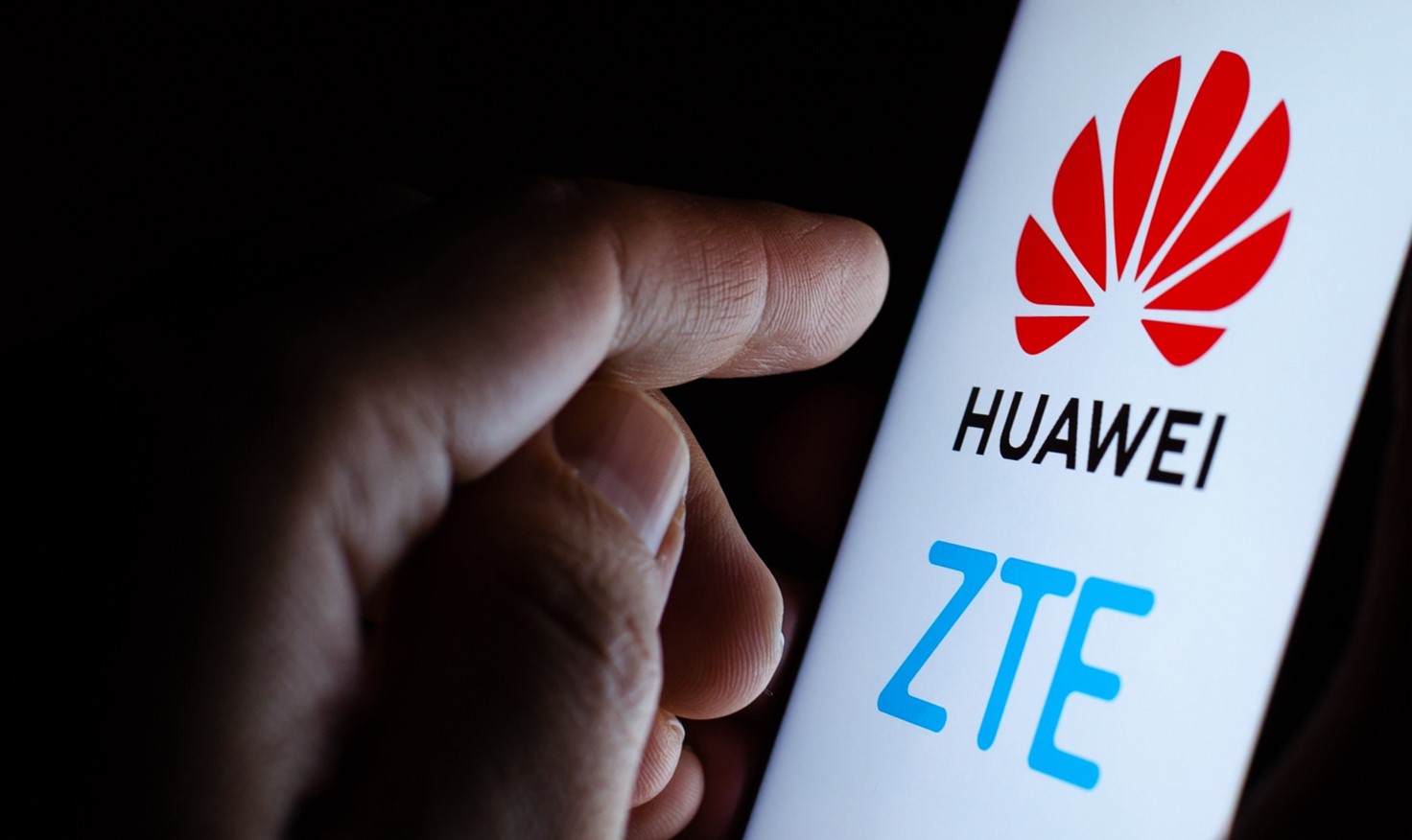 Final thoughts
Final thoughts
Looking back on 2023, ZTE president, Li Zixue, stated as follows: “The uncertain global scenario in 2023 became the normalcy posing new challenges to ICT industry. Despite everything, the company maintained a strong business resilience; its investments in the research and development fields contributed to significant innovations in key technologies, like chipset, algorithms, and architecture preserving the competitive advantage of our products and services.” In 2023, ZTE showed a strong resolution and resilience while navigating the powerful Chinese economy amidst uncertainties and a complex international scenario. Here, technological, and industrial challenges are more and more intertwined with a volatile geopolitical context. Even though Chinese business model doesn’t necessarily need to be considered as a model of reference, the fact remains that it has been achieving excellent results over the last 10 years despite the hard times it went through in operating in the Western countries. It has thus showed how it has further improved its innovation and policies keep being the leader in the TCL reference market.
